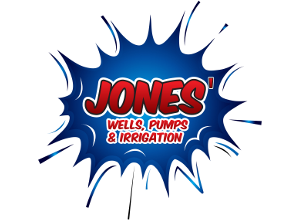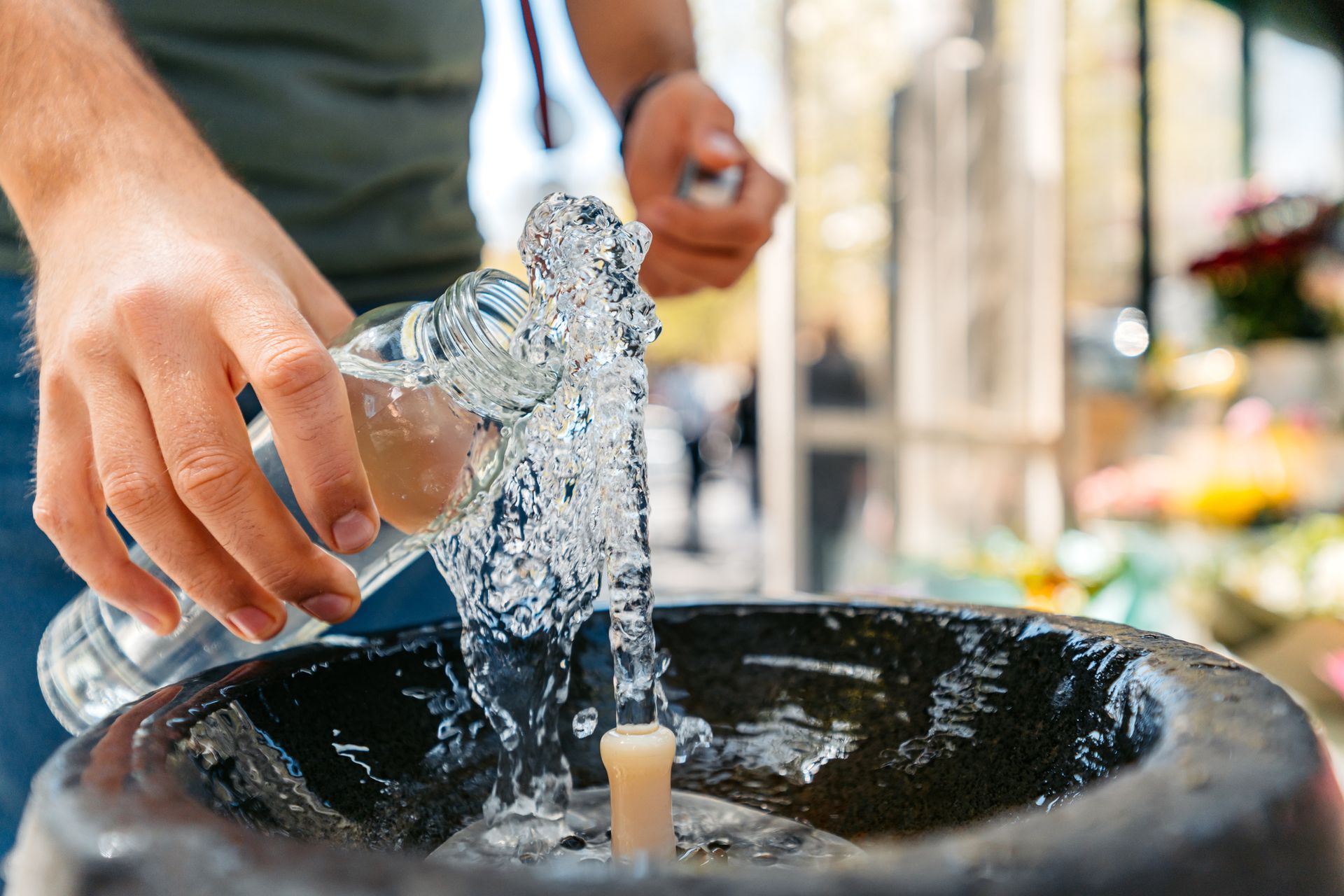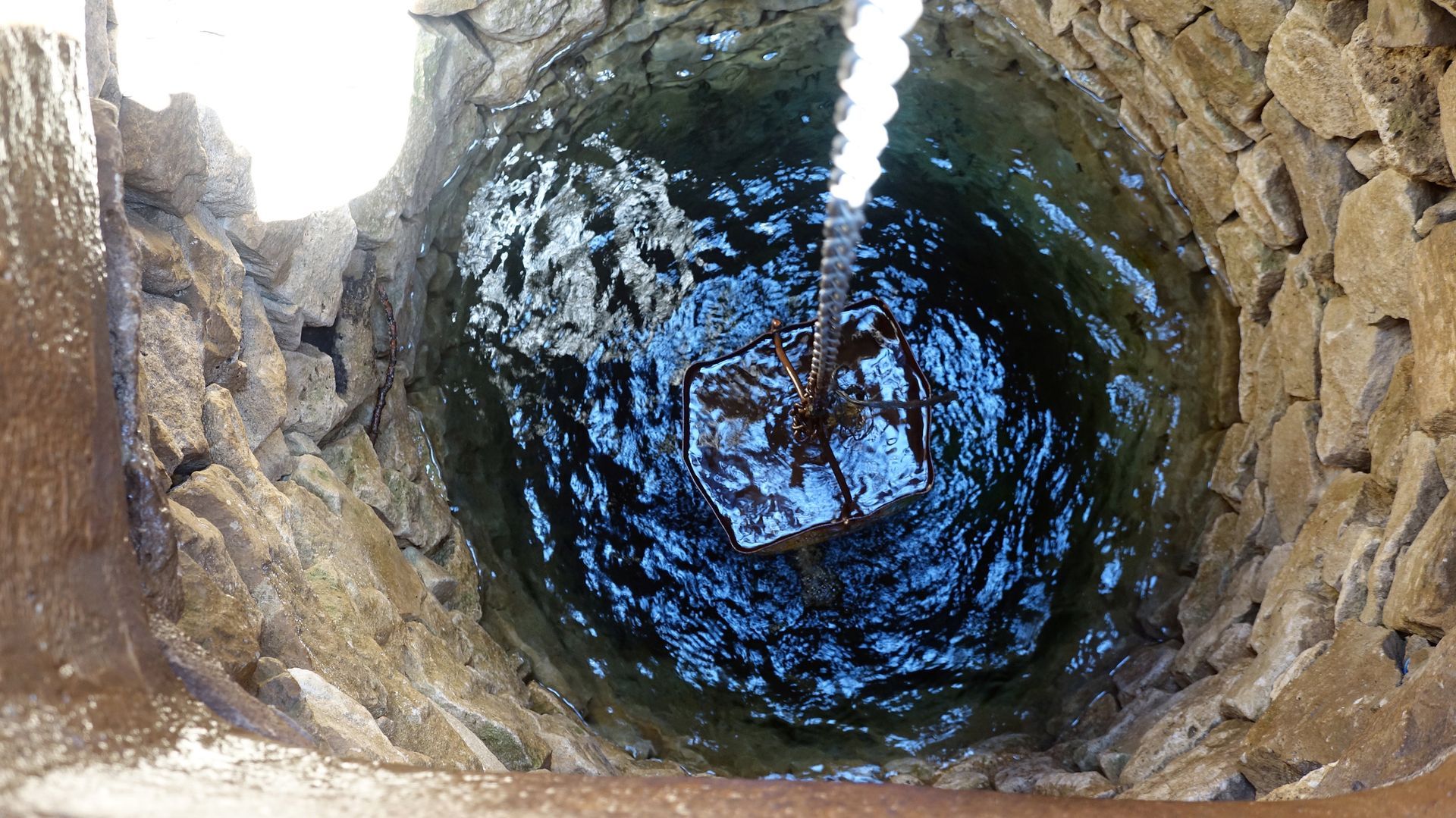Water Well Installation with a Water Well Contractor
When you engage a water well contractor in Melbourne, FL to install a new well on your property, the groundwork begins long before the drilling rig arrives. Proper pre-installation planning helps ensure the drilling runs smoothly, avoids costly delays, and protects your property. In this guide, we’ll walk you through the critical steps, from site evaluation and permitting to scheduling and coordination, to get your land ready for a professional well installation.
1. Site Evaluation & Property Prep
a. Property survey & boundary mark-outs
A first step is to review your property survey or plat map and physically stake your boundary lines and easements. The contractor and you must know exactly where the property lines are to avoid drilling on a neighbor’s land or interfering with utility easements.
b. Locating utilities & underground services
Before any digging, call the state’s 811 “Call Before You Dig” service to have all underground utilities (water, gas, electricity, fiber ) marked. It’s critical that your water well contractor in Melbourne, FL knows the exact locations of these lines to avoid damaging them. A utility conflict could halt work or lead to liability.
c. Soil testing & geological review
Understanding the soil, bedrock, and aquifer conditions at your site is vital. The contractor may or may not perform a bore-hole test or soil sampling in advance to confirm subsurface conditions. This helps determine required drilling depth, casing design, and pump size. Poor soil (e.g. heavy clay) might require extra stabilization or casing.
d. Distance from septic systems & contamination sources
State and local regulations require minimum setbacks of a well from septic tanks, drain fields, leach lines, ponds, or chemical storage areas. Confirm that your proposed well location meets those setbacks. This prevents contamination and ensures compliance with health codes.
e. Access planning for drilling rigs
Make sure there is enough clearance for the drilling rig (turning radius, overhead wires) to reach the well location. Create or clear a path to the site, remove low branches or obstacles, and ensure ground support (e.g., a firm grade or temporary stabilizing mats). Also plan for staging areas for drill rig, water tanks, materials, and suction lines.
2. Timeline, Permits & Coordination
a. Permit requirements in Melbourne / Brevard County
Before drilling, a well construction permit is required under Florida’s DEP regulations (Chapter 62-532) and delegated to local or health departments in many counties. In Brevard County, well construction permitting is managed in coordination with the county and Florida Department of Health’s Environmental Health division. The contractor must submit well plans, application forms, and sometimes sketches of casing and setbacks. The local permit office (e.g. Brevard County Planning & Development) also issues associated site permits.
Additionally, in certain delineated or environmentally sensitive zones, the St. Johns River Water Management District may be involved in well permitting oversight.
b. Typical schedule & phase durations
A common timeline might look like this:
| Phase | Duration | Notes |
|---|---|---|
| Site prep & marking | 1–2 days | Clearing, staking, utility markout |
| Permit submission & review | 1–3 weeks | Depends on backlog and reviews |
| Drilling mobilization | 1 day | Rig transport setup |
| Drilling & casing installation | 1–3 days | Varies based on depth / strata |
| Pump installation & testing | 1 day | Calibrate pump & pressure system |
| Final inspections & approvals | 1–2 days | Health / county signoffHealth / county signoff |
In total, a project from start to finish often takes 2 to 5 weeks, assuming no major complications or permit delays.
c. Coordination with your contractor
To avoid delays, you should:
- Provide existing site plans, surveys, and as-built plumbing or septic system maps.
- Be accessible for predrill meetings with the contractor to walk the site.
- Promptly respond to permit office questions or requests for modifications.
- Arrange any needed clearances (e.g. tree trimming, access roads) before permit issuance.
- Ensure water supply (for flushing, drilling fluid) is available within reach of the rig.
3. What Happens During Installation?
Once permits are approved and the site is ready, your water well contractor in Melbourne, FL will begin:
- Mobilizing drilling rig and equipment
- Drilling to target depth (through overburden, rock layers)
- Installing casing, screen, grout sealing
- Developing the well (flushing, airlifting)
- Testing yield and drawdown
- Installing pump, pressure tank, surge protection, and controls
- Disinfecting the well (chlorination)
- Final inspection and sampling
Throughout, your contractor must follow Florida’s well construction rules (DEP and Chapter 62-532) to ensure the well is safe, stable, and code-compliant.
If the well also ties into your irrigation or sprinkler system, that portion may tie into the general permitting process or require an additional plumbing permit.
4. After-Installation & Inspection Steps
Once the well is in place:
- The local Environmental Health or county health department will require a completion report and may wish to review or sample water quality.
- You may need an annual operating permit depending on how much water you withdraw. In Brevard County, for example, annual operating permits are required for private well operations and are governed by the county’s health rules. Florida Department of Health in Brevard
- The state well surveillance program monitors drinking water wells to safeguard public health and may sample or survey wells in your region. Florida Department of Health in Brevard
- Keep as-built documentation, geologic logs, and well certifications accessible. These records may be needed for future repairs or property transfers.
5. Why Hire a Local or Emergency Water Well Contractor?
Because unforeseen issues can arise (e.g. equipment failure, adverse geology, storms), you want a contractor who’s responsive, familiar with local conditions, and capable of emergency service. Using a local water well contractor in Melbourne, FL ensures they understand soil types, water tables, and code enforcement quirks specific to Brevard County. Similarly, hiring an emergency water well contractor in Melbourne, FL means they can respond quickly if a pump fails mid-project or contamination is detected.
At Jones’ Wells, Pumps & Irrigation, we offer full-service well drilling and installation, as well as our well pump maintenance, repair & replacement services covered on our site.
6. Summary & Tips for a Smooth Project
- Begin with a thorough site evaluation, utility marking, and soil review.
- Plan and clear access for the drilling rig.
- Submit permits early and stay engaged with local agencies.
- Work closely with your contractor to finalize layout, pump sizing, and contingencies.
- Be ready for post-drilling tasks like water testing, inspections, and documentation.
By planning ahead and choosing a qualified water well contractor in Melbourne, FL (and ideally one offering emergency water well contractor in Melbourne, FL services), you reduce risk, speed project completion, and protect your investment.
Call to Action
If you're planning a new well in Melbourne, FL and want expert guidance from a trusted water well contractor in Melbourne, FL, contact Jones’ Wells, Pumps & Irrigation today. We’ll help you with site prep, permitting, drilling logistics, and the full installation process. Contact us today to schedule your consultation.






